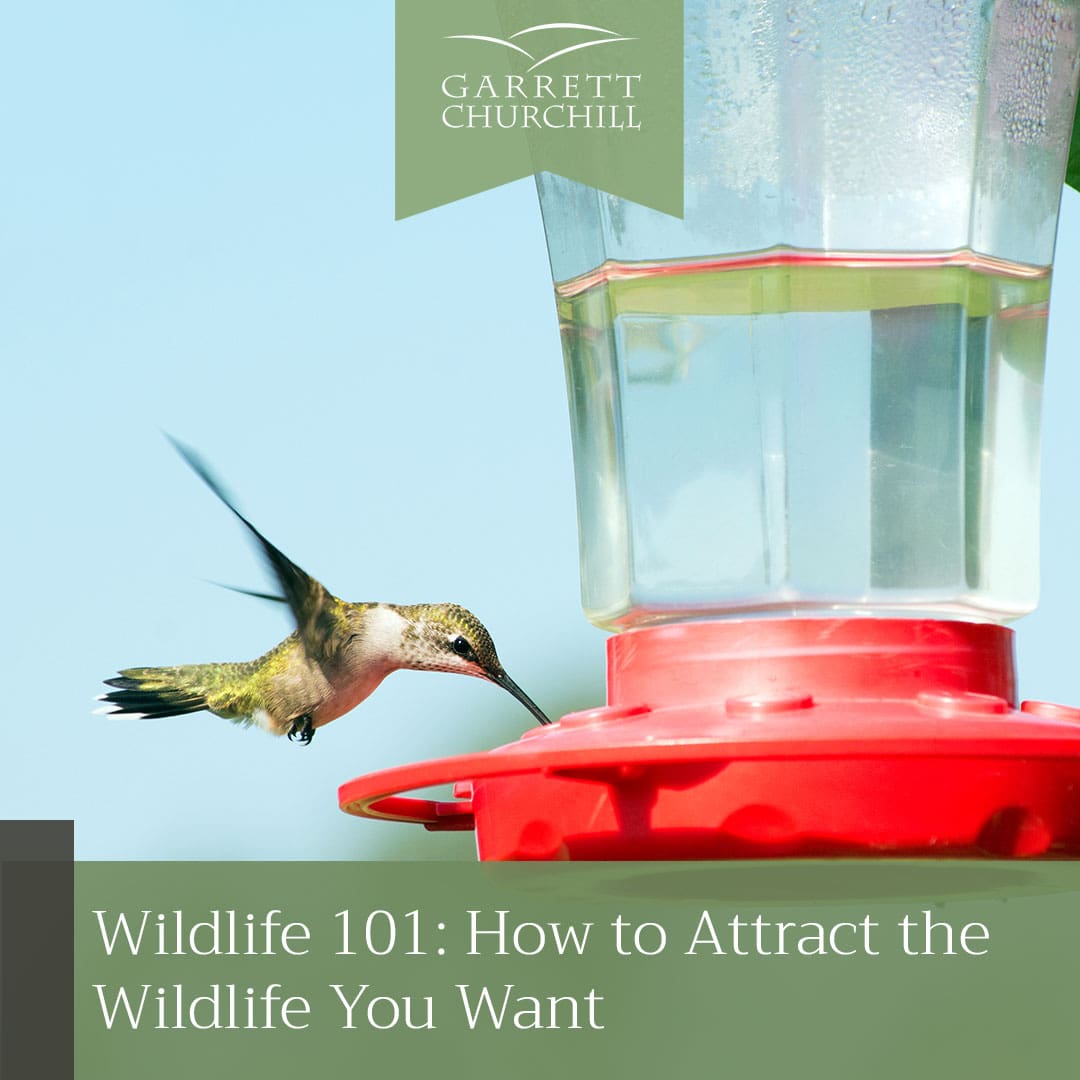Wildlife 101: How to Attract the Wildlife You Want
Online gardening communities are brimming with advice on protecting your yard from critter invasions, and there’s a good reason for it. Many of these wild creatures can destroy your hard work and turn your garden into a lifeless plot of land.
But most homeowners would welcome many beautiful, even beneficial, animals into their green spaces. Here’s how you can attract wildlife that will help you connect with nature and make your landscape come alive.
Plant More Trees
Trees make fantastic additions to any garden, but they’re also attractive to many forms of wildlife. This makes sense; most trees provide shelter and the materials to make shelters. Their leaves also collect water that birds can use to drink or bathe.
But anyone with a pet knows that the best approach to attracting an animal is enticing it with food. Anyone who wants to attract wildlife might consider adding fruit-bearing trees or shrubs to their landscape. Note that this can backfire and attract the wrong kind of attention if you aren’t careful. Do your research about your options and what kind of animals they could potentially bring to your yard.
A Butterfly-Friendly Approach
When gardeners first think about embracing wildlife, most will immediately want to attract butterflies. Butterflies and moths are naturally attracted to the nectar of most flowers, so your best bet is to plant a garden rich with a wide variety of them. But some might require specific plants if you want to attract specific butterflies, and the color of your flower impacts which kinds of butterflies attract them.
For example, Eastern tiger swallowtails live in the Eastern corners of North America. They aren’t widespread in urban or suburban settings, but if you want to attract them, you can increase your chances with flora like tulip poplars, red maple, and wild black cherry shrubs. For best results, consider adding pink or purple nectar-producing plants like coneflower and the colloquially named butterfly bush.
Bird Feeders
Bird feeders are consistently popular in yards across the country because they are effective. Many do-it-yourself bird feeders require nothing more than a recycled plastic bottle, and they’re easy enough for anyone to create. They also allow you to instantly start seeing your garden come alive with finches and sparrows. You can additionally make wildlife homes like bird and butterfly houses to give your guests a cozy place to stay.
However, if squirrels are a problem, keep in mind that they will also eat from feeders. Manufacturers do make squirrel-proof feeders, so you may want to invest in one to keep them from stealing all the good stuff before your birds get to them. You should also schedule a time to clean your feeder as part of your general landscape maintenance.
Water Features
If you’re looking to welcome wildlife into your yard, few investments are more effective than a water feature. You could set up something as small as a bird bath to something as large and appealing as a waterfall to get more attention from local fauna.
Regardless of the water feature, make sure it’s built for animals if the goal is to attract them. To do so, you might add plants to the pond to keep the aquatic life healthy. Additionally, both birdbaths and ponds should have sloping sides to prevent animals from falling in. You’ll also want a way to keep the water fresh so the animals don’t get sick.
Bee Creative
Bees are some of the more sought-after creatures for gardeners, as they make fantastic pollinators, and many people are concerned about their dwindling numbers. Some gardens are tailored around giving pollinators a safe space to feed to be a part of the solution to the honeybee crisis. And while one garden alone won’t single-handedly resolve the issue, you can make your garden more bee-friendly in many ways.
One method involves embracing local plants. Native flowers and plants will naturally attract native pollinators. They’re also usually less difficult to maintain since they’re already accustomed to the climate and soil. And just like with butterflies, it’s essential to plant a healthy variety of flowers. Flowers that bloom at different times of the year will additionally ensure that your pollinators always have a reliable place to feed.
The Yard That You and Your Local Wildlife Want
Are you curious about how you can turn your space into a wildlife-friendly paradise? Our team has over 24 years of experience in landscape design and maintenance, including lighting, planting, water features, and more. Contact ustoday to learn more.
